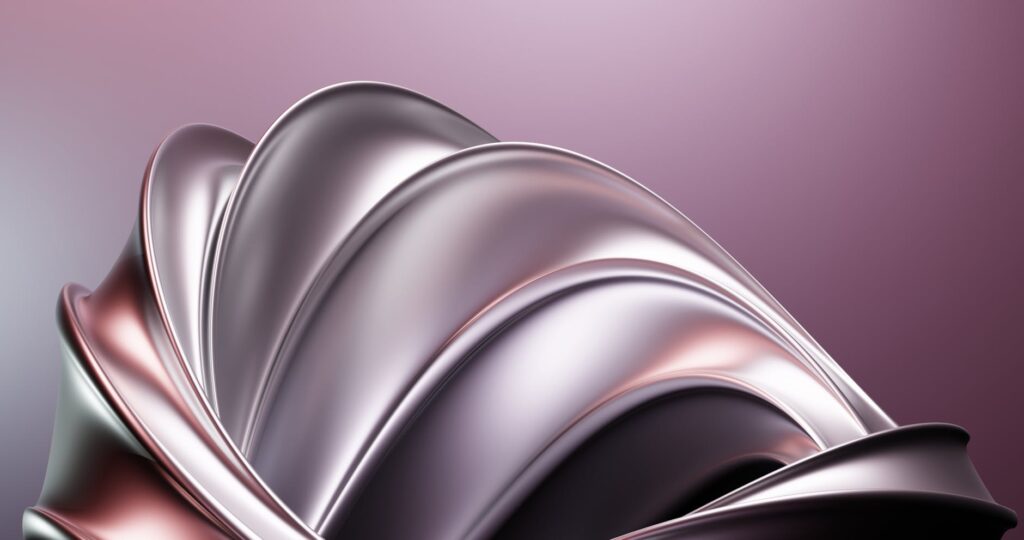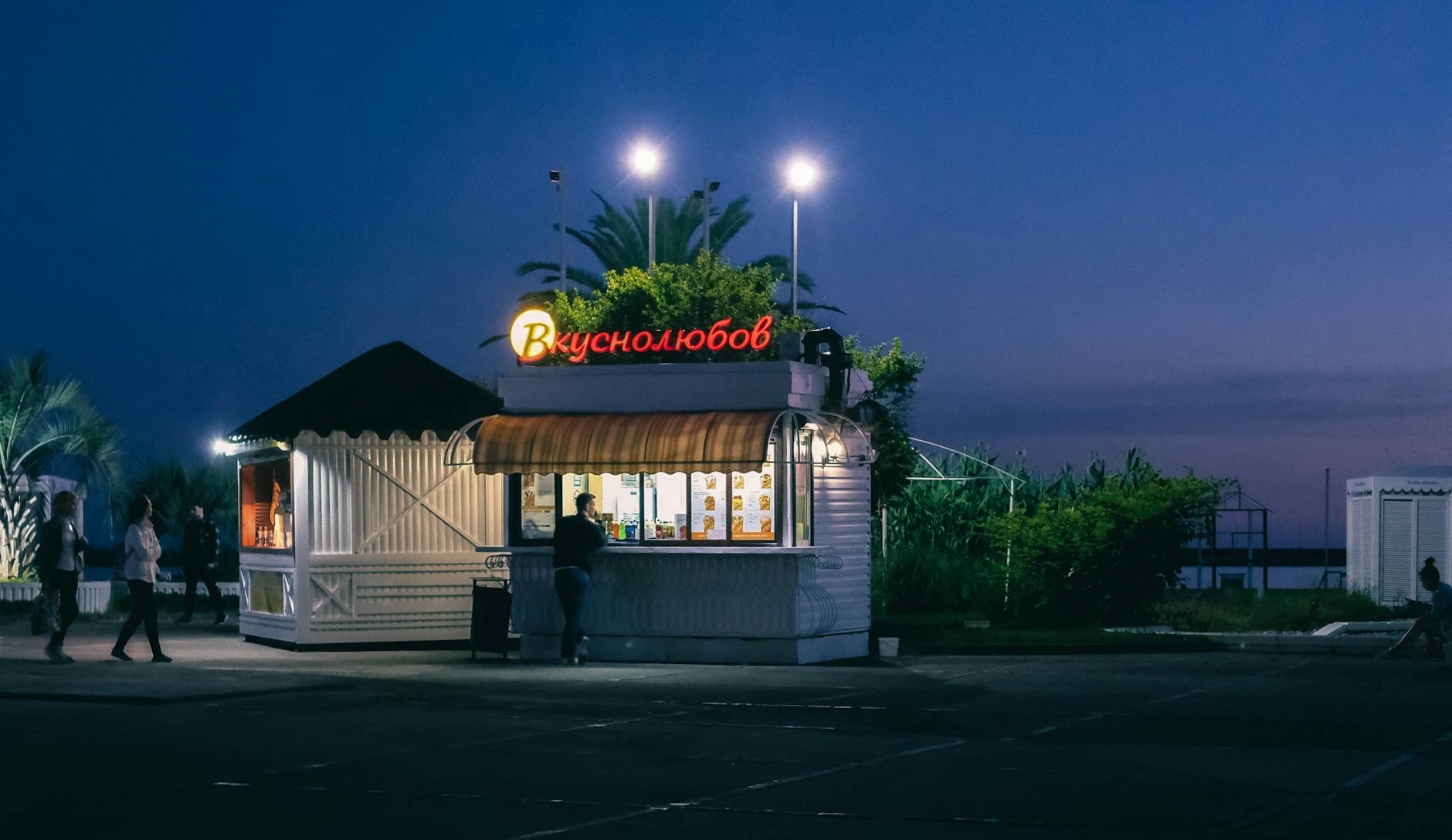The Art Deco period, flourishing between the two World Wars, was more than just a fleeting style; it was a cultural phenomenon reflecting a world brimming with optimism, technological advancement, and a newfound sense of glamour. Its influence is still visible today, a testament to its enduring appeal.
Geometric Precision: The Foundation of Art Deco
Art Deco’s visual language is instantly recognizable: clean lines, geometric shapes, and a strong emphasis on symmetry. Think stepped pyramids, sunbursts, zigzags, and stylized floral motifs. This structured approach contrasted sharply with the more organic forms of previous artistic movements. 
The Allure of Streamlined Design
Streamlining, a key characteristic of Art Deco, emphasized smooth curves and aerodynamic forms. Inspired by the age of the automobile and airplane, this aesthetic conveyed a sense of speed, modernity, and efficiency. From sleek locomotives to elegant radios, streamlining permeated design across various mediums. 
A Symphony of Materials: Rich Textures and Luxurious Finishes
Art Deco designers embraced a rich palette of luxurious materials. Chrome, lacquer, glass, and precious metals were frequently used, reflecting the era’s prosperity and a taste for the opulent. The interplay of textures—polished surfaces against richly veined woods—added depth and sophistication to Art Deco creations. Learn more about the materials used.
Color and Contrast: Bold Hues and Striking Combinations
While often associated with metallics, Art Deco also utilized bold, vibrant colors. Rich jewel tones like emerald green, sapphire blue, and ruby red were juxtaposed with contrasting neutrals to create dynamic and visually exciting compositions. 
The Influence of Ancient Civilizations: Inspiration from the Past
Art Deco designers found inspiration in diverse sources, including ancient Egyptian, Aztec, and Mayan art. Stylized hieroglyphs, geometric patterns inspired by pre-Columbian cultures, and sun motifs were incorporated into designs, adding an element of exoticism and sophistication. Explore the impact of ancient cultures.
Art Deco in Architecture: Skyscrapers and Urban Landscapes
Perhaps the most striking manifestation of Art Deco is in architecture. Skyscrapers like the Chrysler Building and the Empire State Building exemplify the style’s verticality and grandeur, showcasing its ability to transform urban landscapes. Discover iconic Art Deco buildings. [IMAGE_4_HERE]
Beyond the Visual: Art Deco’s Cultural Impact
Art Deco extended far beyond visual aesthetics. It influenced fashion, graphic design, and even film, shaping the cultural landscape of the era. Its emphasis on elegance and sophistication set the stage for future design trends. Read more about Art Deco fashion.
The Enduring Legacy of Art Deco
Art Deco’s influence continues to resonate today. Its timeless elegance, geometric precision, and emphasis on luxury are reflected in contemporary design, demonstrating its enduring power and appeal. The style’s enduring legacy lies in its ability to seamlessly blend sophistication and modernity. See how Art Deco inspires modern design. [IMAGE_5_HERE]
Frequently Asked Questions
What are the key characteristics of Art Deco design? Clean lines, geometric shapes, streamlined forms, luxurious materials, and bold color combinations are hallmarks of the Art Deco style.
Where can I see examples of Art Deco architecture? Many major cities have iconic Art Deco buildings; the Chrysler Building in New York City is a prime example. Find more examples online.
How did Art Deco influence other art forms? Art Deco’s influence extended to fashion, graphic design, film, and product design, shaping the visual culture of the 1920s and 30s.
What is the difference between Art Deco and Art Nouveau? Art Nouveau emphasized organic forms and flowing lines, unlike Art Deco’s emphasis on geometric shapes and symmetry.





